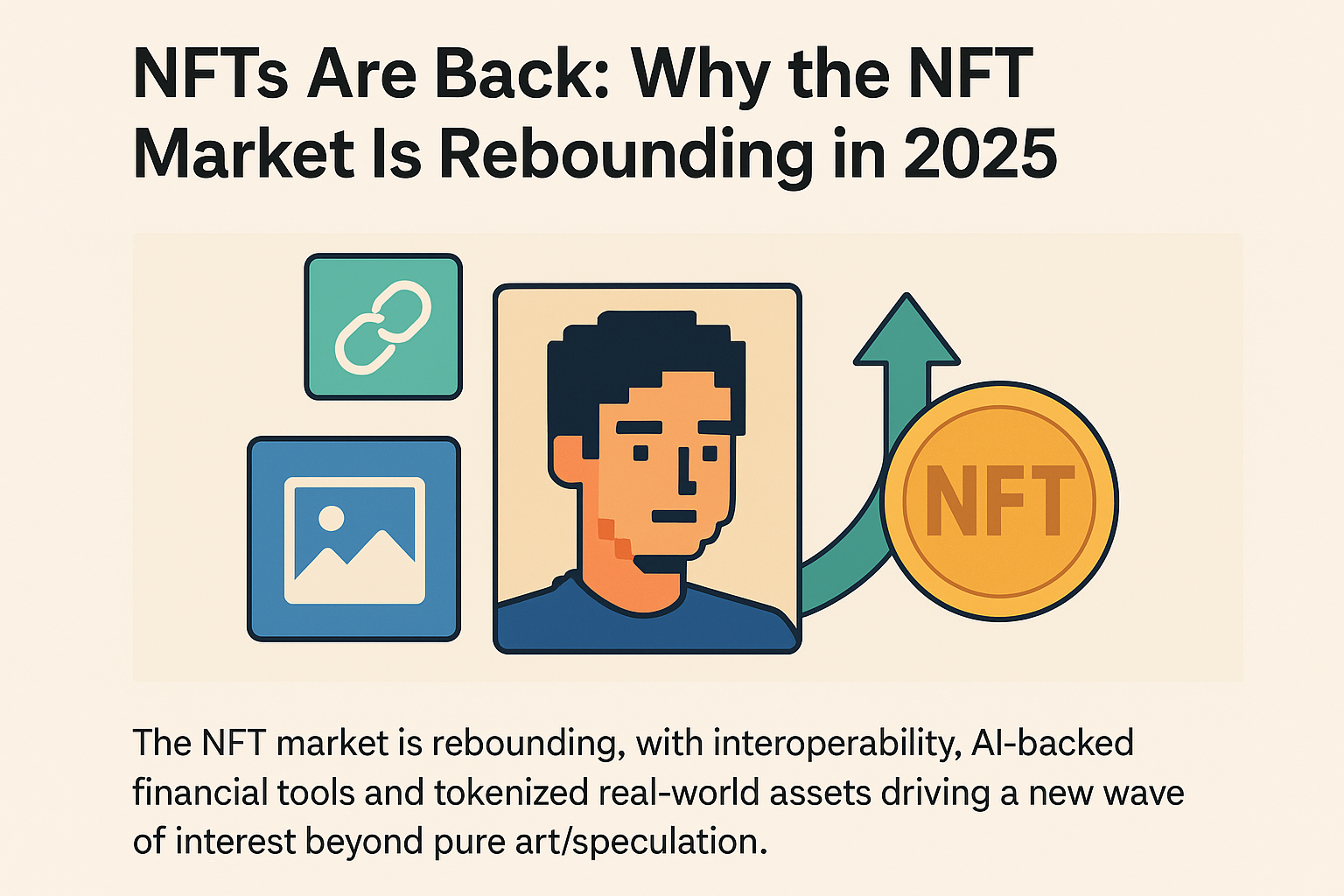The looming threat of quantum computing has long cast a shadow over the cryptographic foundations of our digital world, and nowhere is this concern more pronounced than in the realm of blockchain technology. The very security of major protocols like Bitcoin and Ethereum relies heavily on cryptographic primitives that, in theory, could be vulnerable to the immense processing power of future quantum computers. However, groundbreaking academic research is now providing a beacon of hope, outlining a comprehensive quantum risk assessment framework that points towards incredibly resilient blockchain futures.
This research doesn’t merely identify the problem; it proposes a sophisticated, multi-layered solution: a hybrid quantum-resistant migration strategy. This strategy is designed to be implemented across all critical components of a blockchain ecosystem, ensuring a robust defense against potential quantum-era threats. The framework meticulously breaks down the areas of vulnerability and suggests tailored quantum-resistant upgrades for each:
1. Network Layer: The communication protocols and consensus mechanisms that bind a blockchain together are prime targets. The proposed strategy involves integrating quantum-safe encryption algorithms into network communications to protect the integrity and confidentiality of transactions as they traverse the distributed ledger. This ensures that even if individual cryptographic keys are compromised by a quantum attack, the network’s overall operations remain secure.
2. Smart Contracts: The self-executing agreements that power decentralized applications (dApps) are another critical area. Smart contracts, particularly those holding significant value or governing complex logic, need to be re-engineered with quantum-resistant cryptographic signatures and functions. This proactive defense blueprint helps designers future-proof these autonomous agreements, preventing quantum adversaries from manipulating or compromising contract execution.
3. Wallets and Key Management: The most direct point of interaction for users, wallets, and their associated private keys are perhaps the most vulnerable to quantum attacks. The framework emphasizes the need for quantum-resistant signature schemes for digital asset ownership and transaction authorization. This could involve migrating to new elliptic curve constructions or entirely different post-quantum cryptographic primitives to secure user funds and identities.
The beauty of this proposed “hybrid” approach lies in its practicality and adaptability. Instead of a radical, instantaneous overhaul, which would be incredibly disruptive and costly, a hybrid strategy allows for a phased transition. Existing cryptographic standards can coexist with new quantum-resistant ones, providing a transitional period during which protocols can gradually upgrade their systems without sacrificing current functionality or security.
This proactive defense blueprint is more than just theoretical; it’s a vital tool for designers, developers, and policymakers in the blockchain space. By providing a clear roadmap for bracing systems against quantum-era threats, this research empowers the industry to anticipate and mitigate risks long before they materialize. It underscores a commitment to the long-term viability and security of decentralized technologies, ensuring that the innovations of today can withstand the computational challenges of tomorrow, thereby securing a resilient future for blockchain.




